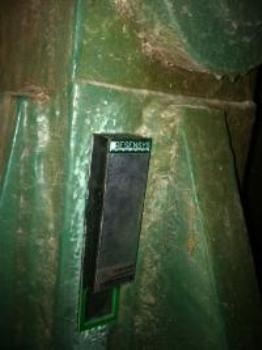A researcher, Mehdi Kalantari, who is an electrical engineer working at the University of Maryland (UMD) has developed a new and economical early warning system, which would prevent bridge disasters.
 "Immediacy, low cost, low energy ... add up to a revolution in bridge safety monitoring," Kalantari says.
"Immediacy, low cost, low energy ... add up to a revolution in bridge safety monitoring," Kalantari says.
This wireless technology could help to prevent bridge collapses like the one that happened on 1st of August, 2007 in Minneapolis, which resulted in the death of 13 people and injuries in 145.
The UMD researcher has revealed that many of the bridges in the U.S. have developed structural problems with inspections being carried out only once in two years or so. Some of the bridges have been in existence beyond their lifespan. Kalantari has developed miniature wireless sensors that are capable of monitoring and transmitting data every minute on a bridge’s structural conditions. A central computer helps to analyze the data and send out alerts to the concerned officials about the potential problems. In the fall, Kalantari plans on volume manufacture of these sensors.
The sensors measure the structural health of a bridge via factors such as flexibility, strain, vibration and metal cracks present in the bridge. Being compact and strong these sensors are maintenance free and have a life span of more than ten years. An average sized bridge would require about 500 sensors. The bridges that were being built now have inbuilt wired sensor networks but these would prove to be too expensive to be used on older bridges.
He has been testing this sensing device in collaboration with the Maryland Department of Transportation to measure the structural parameters on highway bridges for more than a year, which has helped him to fine tune the sensor’s energy consumption and the performance levels. He was able to take measurements such as the expansion and contraction of the metal with respect to the rise and fall of temperatures. The response of the metal towards light and peak loads could also be compared with the help of sensors.
Source: http://www.newsdesk.umd.edu/